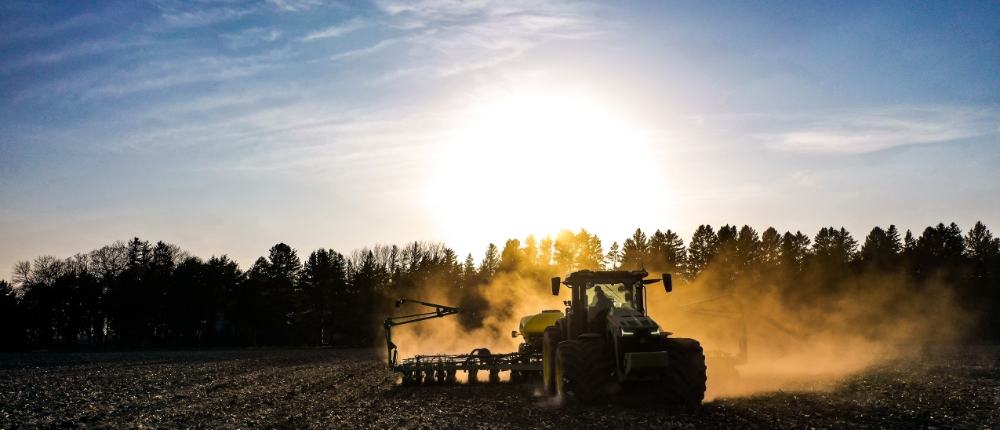Chances are, you've heard plenty about biodiesel as a sustainable energy solution. But as renewable diesel emerges as a growing sustainable alternative, what exactly sets it apart from its renewable cousin, biodiesel?
To start, renewable diesel isn’t made from fossil fuels. It’s made entirely from feedstock products, including vegetable oils like refined soybean oil and canola oil, animal fats, used cooking oil and distillers corn oil.
The feedstock is refined with a hydrotreating process similar to the process used to create petroleum-based diesel.
Renewable diesel is not derived from crude oil, so it's a strong fit for refiners utilizing the Renewable Fuel Standard (RFS) program.
How is renewable diesel different from biodiesel?
Renewable diesel and biodiesel are both high-quality fuels, are made from the same oils and fats, and are both eligible for RFS and low-carbon fuel standard programs. The difference comes down to the refining process and cold weather viability.
- Biodiesel is made using a process called transesterification, which can be less capital-intensive than the hydrotreating process that produces renewable diesel.
- Renewable diesel has a lower cloud point, and therefore better cold weather handling properties.
- Renewable diesel can be transported in existing pipelines, while biodiesel generally requires separate storage and handling.

What could renewable diesel momentum mean for soybean growers?
From refinery retrofitting to building new facilities, production of renewable diesel can be a capital-intensive process, but with predicted demand for renewable diesel on the rise, the future looks bright for soybean growers.
Read more: Growing a renewable diesel revolution
Projections for the 2021–2022 crop year show 365 million bushels of soybeans will be consumed by renewable diesel production — that’s a 185% increase from 2020–2021 projections. That strong renewable diesel demand is anticipated to keep soybean stocks tight.
“We’re seeing significant investment and expansion in the renewable diesel space, which indicates this is a longer-term trend, not just something happening this year or next year,” says Brian Schouvieller, senior vice president, trading and risk management, CHS Global Grain & Processing. “For soybean growers, that means more demand for their production and support for better prices.”
Check out the full C magazine with this article and more.




